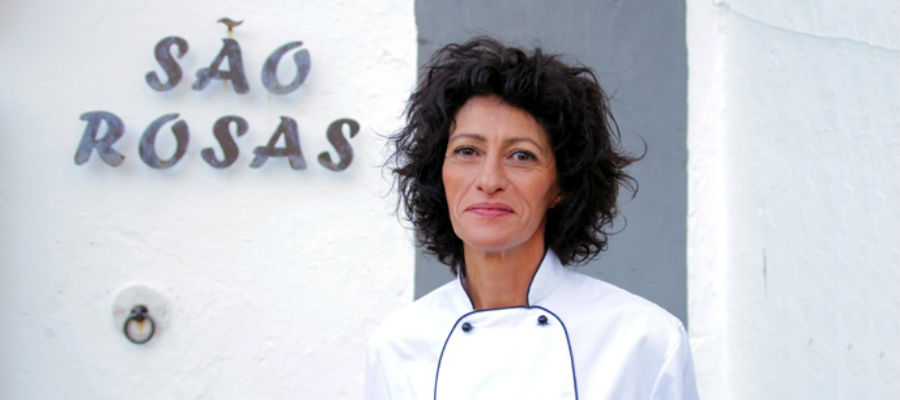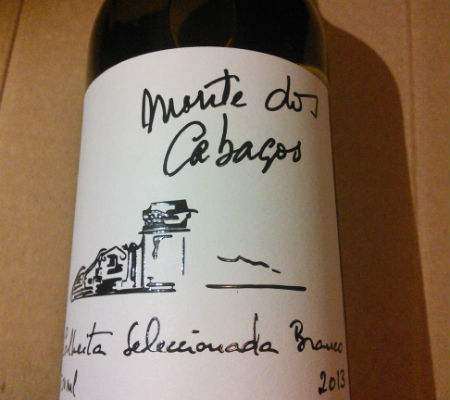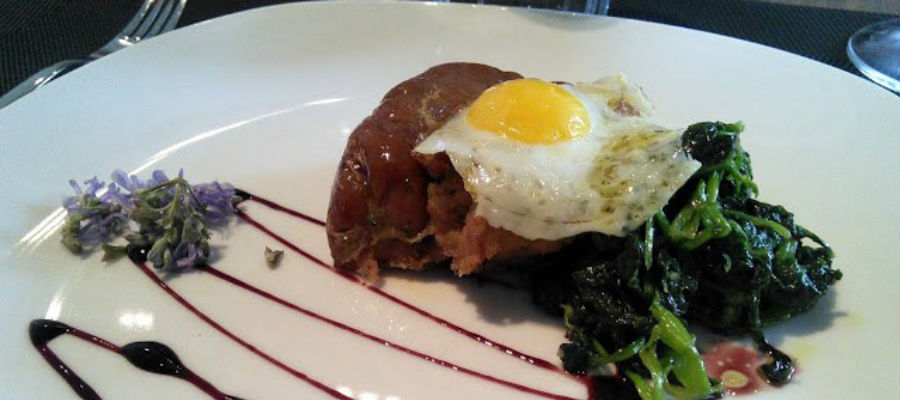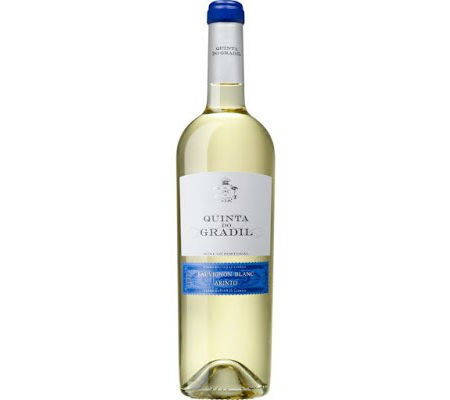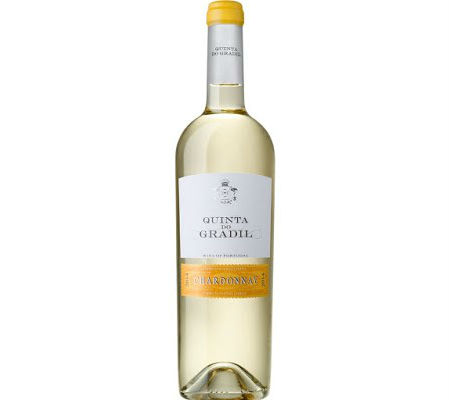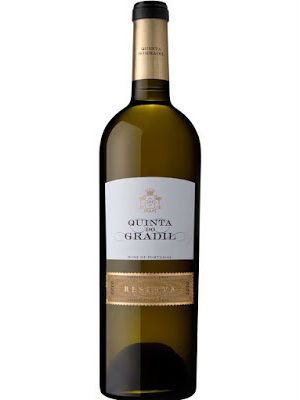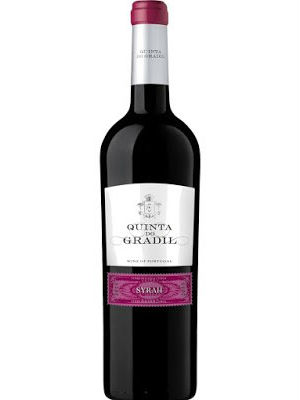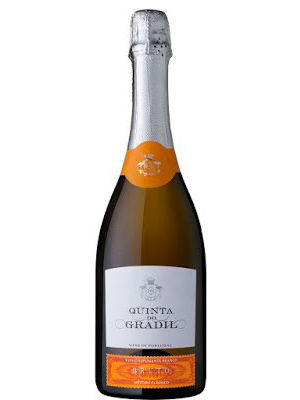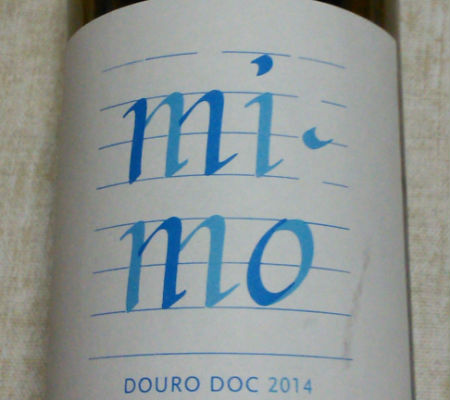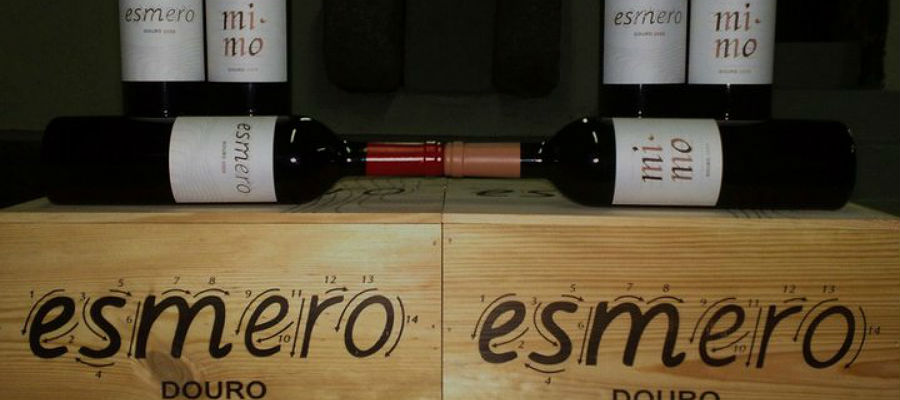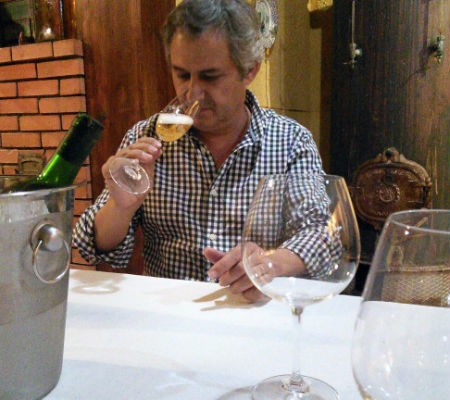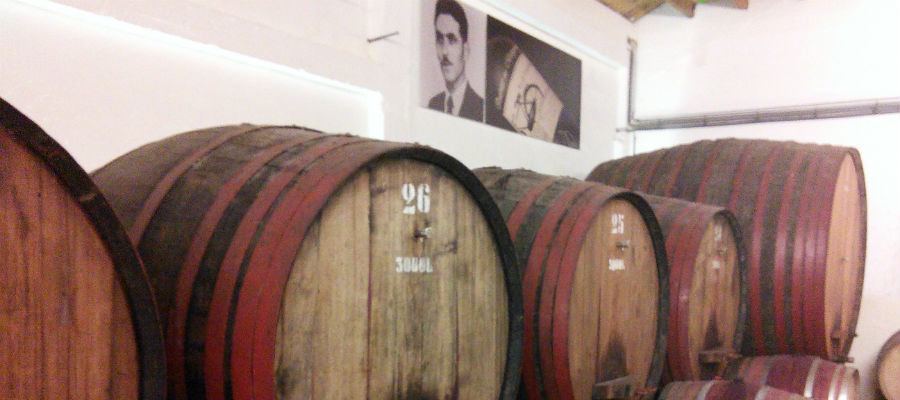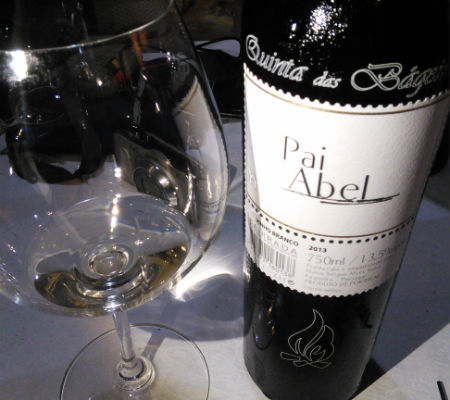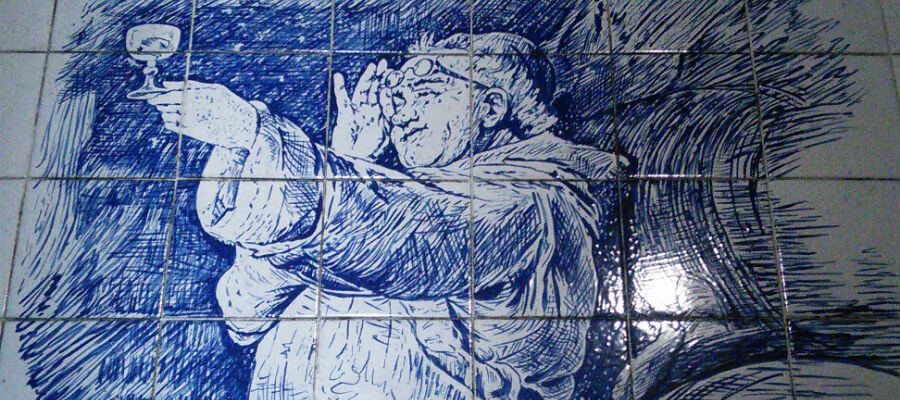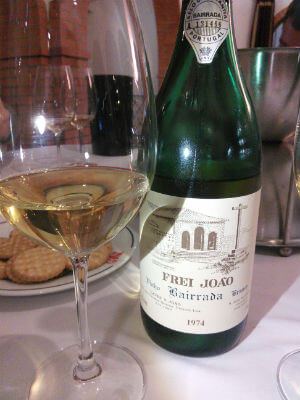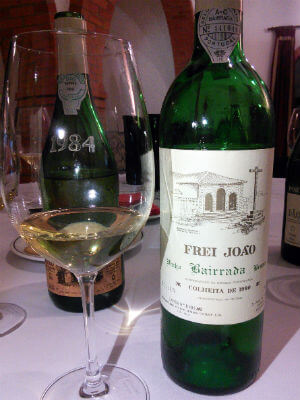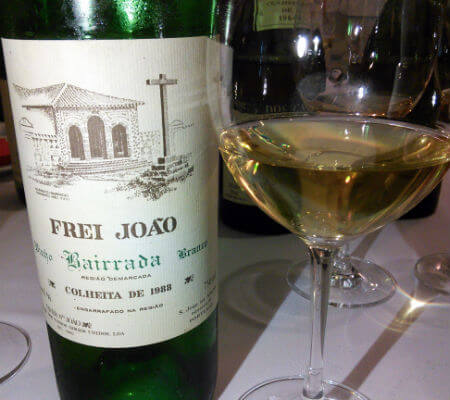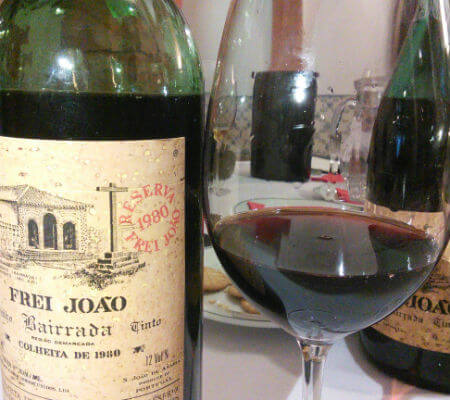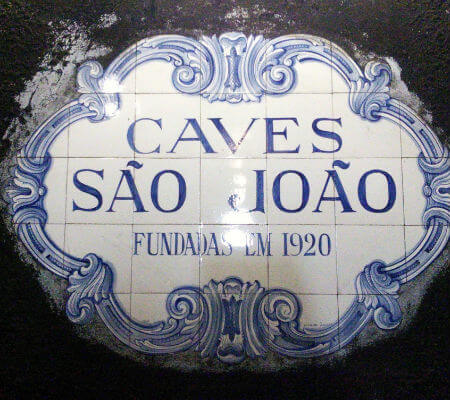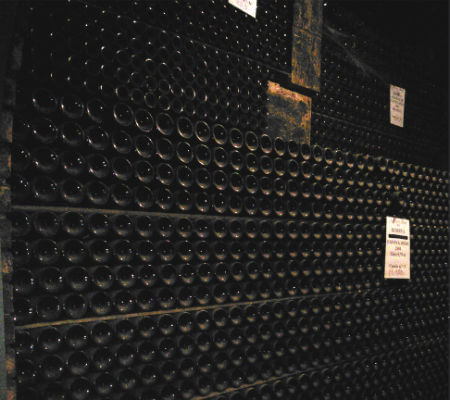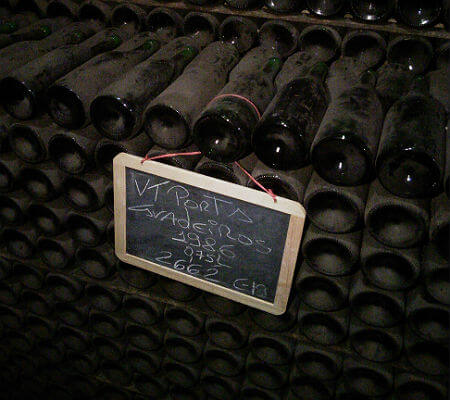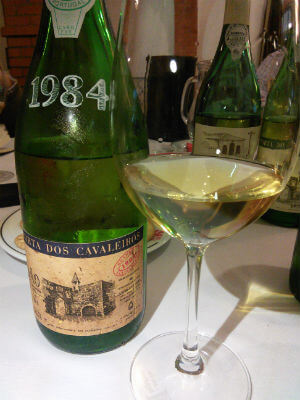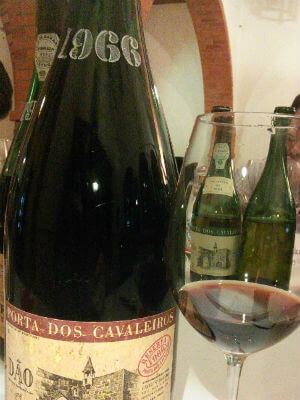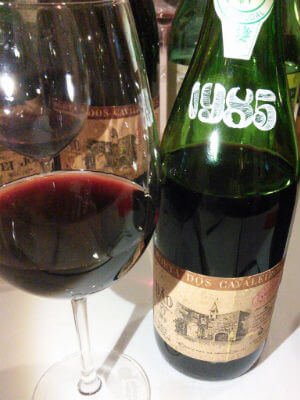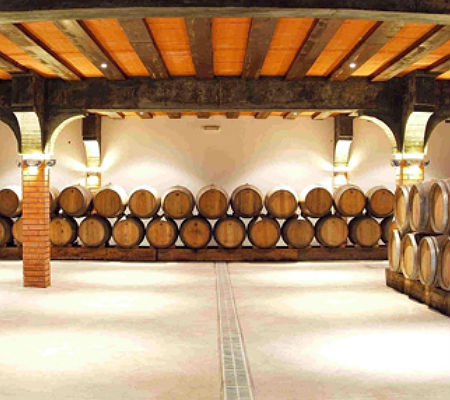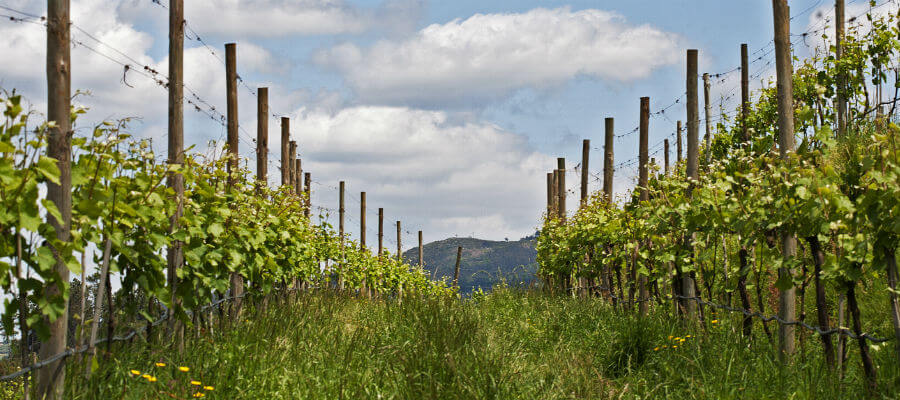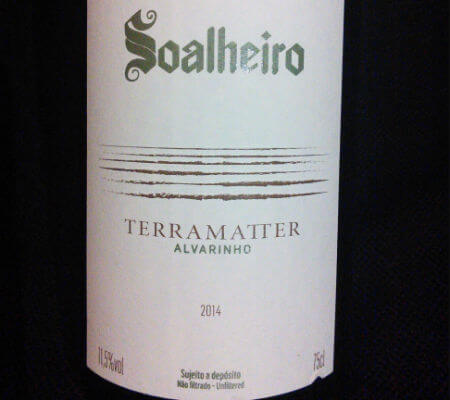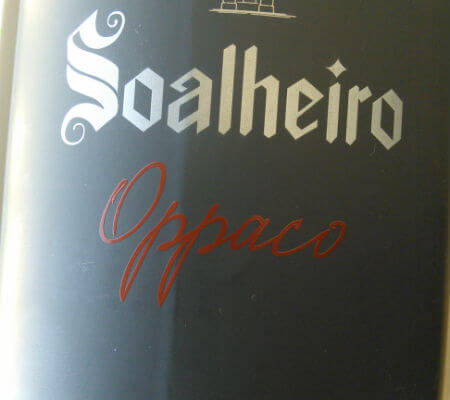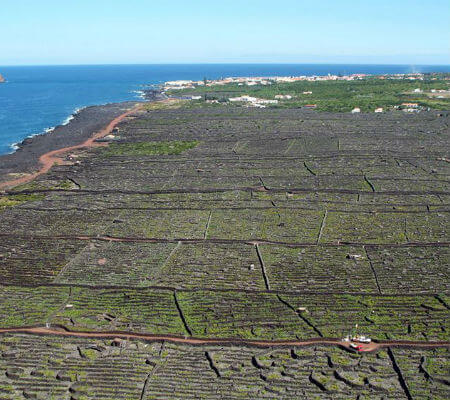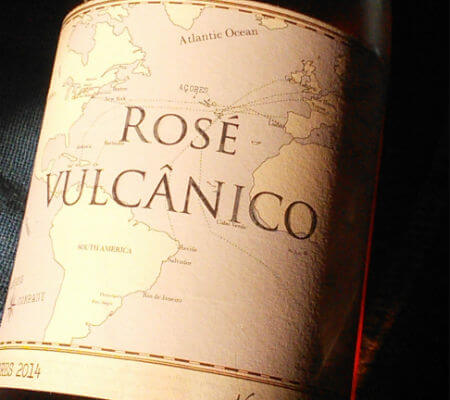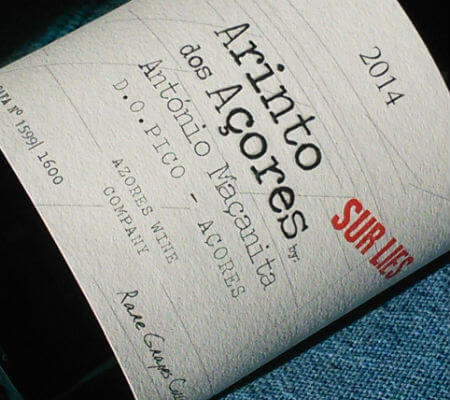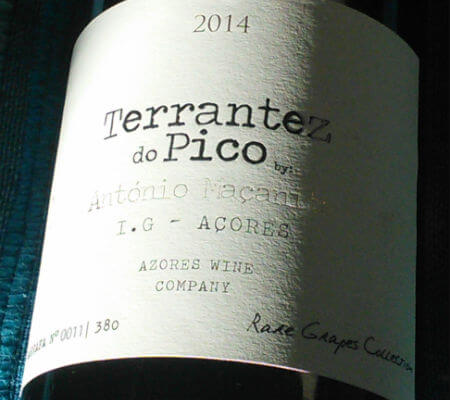Quinta do Francês, the doctor who dreamed being a winemaker
Text João Pedro de Carvalho | Translation Bruno Ferreira
We’re heading back to Algarve again, a region that has been making an effort during the last decade to get back to its place in the wine map of quality wine producing. The contribution of the producers that believe in the region has been crucial, among them is Patrick Agostini who is in charge of Quinta do Francês. Patrick was born in France and is a descendant of an Italian family of Piedmont with winemaking traditions, he graduated as a doctor of pathological anatomy in France but also has a degree in viticulture and oenology.
He would eventually move to Portugal where he settled in and started a family. He found an estate which he thought ideal to fulfill his dream, produce wine. He had to start almost from zero since in the beginning the estate was just slopes with wild vegetation. The vineyard was implemented in 2002 after a year and half of soil preparation, drainage and acidity correction.
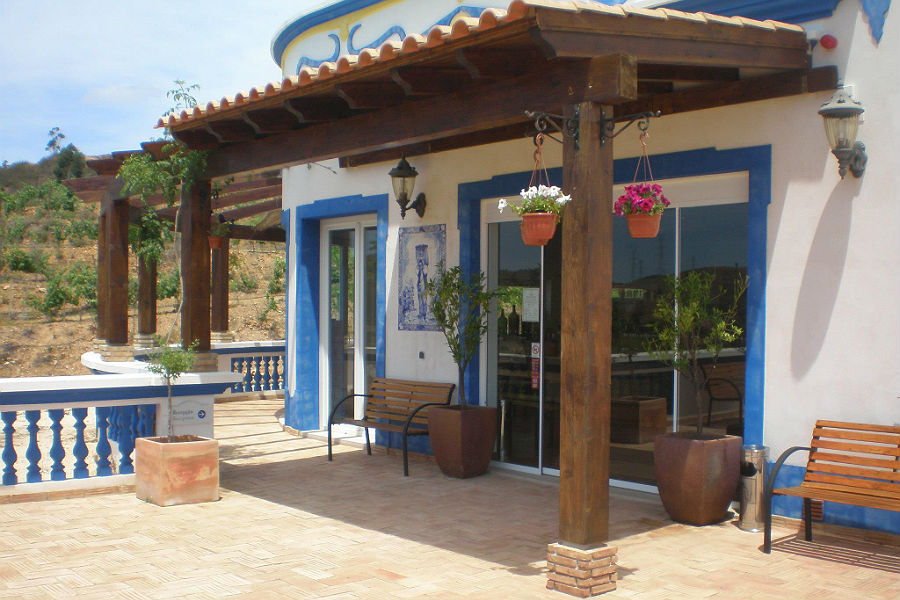
Quinta do Francês Entrance in facebook.com/QuintaDoFrancesWinery
Nowadays has 8 hectares of vineyard in the Silves valleys midway to Serra de Monchique, really close Odelouca’s riverbank. The vineyards are distributed between two types of soils. The schist soils make up for a total of 6,5 ha with one white grape variety, Vioginer, and three red grape varieties, Aragonês, Cabarnet Sauvignon and Trincadeira. In the remaining 1,5 ha, which have alluvial soil and are very close to Odelouca’s riverbank was only planted the Cabarnet Sauvignon grape variety. Their wines have been gaining notoriety as well as deservedly getting its place among consumers. The quality is always present in their wines where the above average quality is nowadays a reality, not only in the Algarve wine region but also in Quinta do Francês.
For this tasting I selected two of the wines which I think that reflect the best that this producer has to offer. The Quinta do Francês white 2014 is 100% Viognier and aged in French oak barrels. It’s a white with a good complexity, fresh, of delicate and clean aromas with descriptors that call up the grape variety (peach, apple, pear and a slight floral), vanilla of the barrel, and all in a great harmony. It’s tasty and the fruit is joined by a peppering touch, some dried fruit (hazelnut), fresh and the wood entangling rounds up the corners with a finish with good persistence.
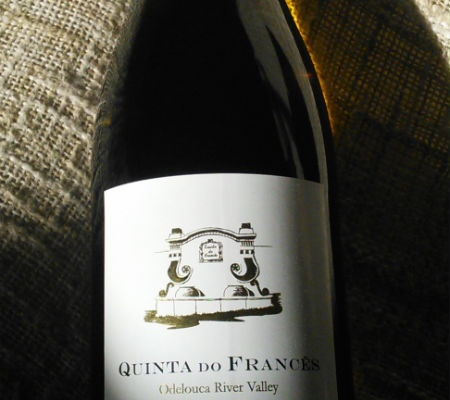
Quinta do Francês white 2014 – Photo by João Pedro de Carvalho | All Rights Reserved

Quinta do Francês red 2013 – Photo by João Pedro de Carvalho | All Rights Reserved
On the other side of the table is Quinta do Francês red 2013, a blend of Cabarnet Sauvignon, Syrah and Aragonês that aged in barrel for over a year before being bottled. Showed itself serious and with a good complexity, a slight freshness, aroma austerity, graphite, without excesses, and the fruit (forest fruits) showing signs of a slight sweetness, notes of black pepper berries, slight floral in a set with well-integrated wood. The palate shows it’s a closely-knit and serious wine, tasty where the fruit comes out with hints of vanilla and spices in a finish of good persistence.
Contacts
Quinta do Francês Estate Family
Sítio da Dobra Odelouca
Cx P 862H
8300-037 Silves – Portugal
Tel: (+351) 282 106 303
E-mail: quintadofrances@gmail.com
Website: www.quintadofrances.com



